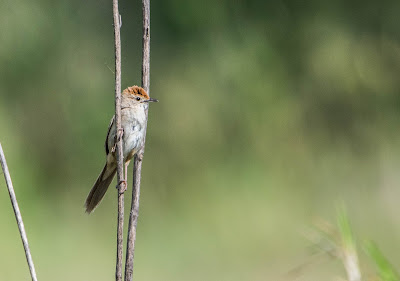Weeks 3 + 4 of the big year

Ok, so it turns out birding is hard. I mean you walk down the street and think there are birds literally everywhere, but until you start trying to count them you dont realise that they are just the same 6 birds. I only managed to add another 14 species in these two weeks, despite visiting the Bellbird bushland, west of Brisbane, and the Kendron Wetlands near the airport, bringing me to a meagre 59 species. Maybe i just suck since my dad seems to be doing quite well on his big year, and even my honours student Jordan, who only started two weeks ago is up to 45 species. Not good enough. Striated heron Toowong 3 Fig bird Toowong 3 brahminy kite North Pine river 3 Black face cuckcoo shrike Kawana 3 Long billed corella Bellbird 3 Rufus Fantail Bellbird 3 Grey butcherbird Bellbird 3 Spotted turtle dove lake kawana 3 Bush stone curlew UQ 3 pied stilt Kedron Brook Wetlands 4 chestnut teal duck Kedron Brook Wetlands 4 white bellied sea eagle Kedron Brook Wetlands 4 tawny gras...




